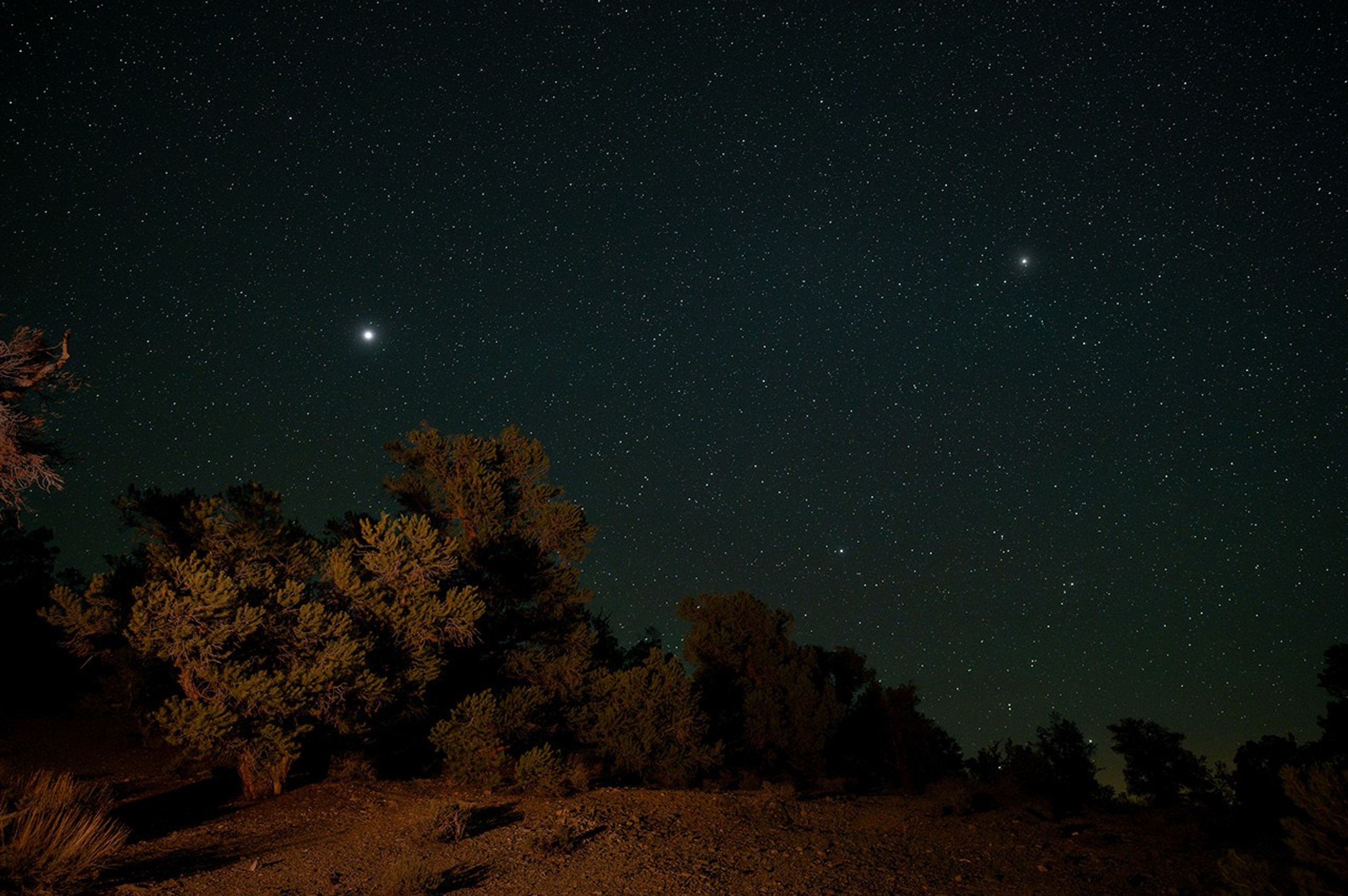
Cassini management, engineers, scientists and staff who have offices in JPL's historic Space Flight Operations Building have been shuffling offices, to make room for upcoming construction activities on the second floor. Thanks to the support teams' expertise (they've done this before!), the move to the first floor has imposed only a minor disruption in the ongoing work of closeout, archiving data, creating a Final Mission Report, and dismantling the Mission's remaining ground-system components.
Thursday March 1
Today the Cassini Program Manager, Project Scientist, and Spacecraft Operations Manager attended an awards ceremony in Washington, D.C., at which the project received the Aviation Week 2018 Laureate Award for in the Space/Science category. The citation reads, "The inspiring symbiosis of science and engineering in repurposing instruments for studies unimagined during the spacecraft's design resulted in discovery of what may be the best place in the solar system to look for present-day life beyond Earth."
Cassini's Flight System electrical power engineers presented a paper today to the American Nuclear Society's Nuclear and Emerging Technologies for Space convention in Las Vegas, Nevada. The paper's title was, "Cassini Power During the 20-Year Mission Until the Final Plunge Into Saturn."
Saturday March 3
The Cassini Attitude and Articulation Control Subsystem engineers presented a paper called, "Managing Cassini’s Pointing-Stability Performance: A Case Study in Attitude Determination & Control" to the IEEE Aerospace Conference in Big Sky, Montana today.
Monday March 5
The five-day Cassini Project Science Group (PSG) meeting #74 was held starting today in Rome, Italy. This was the final PSG to be held outside the U.S. The meeting was hosted by the Agenzia Spaziale Italiana (ASI) and the Sapienza Università di Roma. The week focused on science results from the entire tour in addition to results from Cassini’s ground breaking Ring Grazing and Grand Finale orbits. Several instrument team meetings prefaced the plenary sessions, and workshops on ring origin & evolution, icy satellites, and Saturn's atmosphere & interior were held throughout the week. Both the science teams and the engineering teams discussed closeout reports and archiving to capture Cassini’s legacy.
While in Rome, Cassini’s Project Scientist gave a well-attended public talk on Cassini-Huygens Science Highlights, at MAXXI, the Museo Nazionale delle Arti del XXI Secolo (National Museum of the 21st Century Arts). On display in that museum is Cassini's flight-spare High-Gain Antenna, a remarkable sight with all its radio-frequency feeds and reflectors clearly visible.
Many of the science results discussed during the PSG and the public lecture will appear in special issues of Science, and Geophysical Research Letters, later this year.
Stray light seems to enhance an image of Saturn and rings featured today: /resources/17824.
Monday March 12
An image posted on the Cassini website today offers a view of Saturn's large icy moon Dione with many bright crater walls: /resources/17825.
Saturday March 17
To the delight of telescope viewers, Saturn is rising in the small hours of the morning these days, and is fairly well placed for observing just before dawn. Its rings remain facing wide on towards the Earth.
Monday March 19
There were special Cassini sessions at the five-day 49th Lunar and Planetary Science Conference in The Woodlands, Texas. In addition, the Cassini Project Scientist gave the invited Masursky Lecture during the conference; she titled the talk, “Cassini’s Amazing Discoveries." It focused on science discoveries from the entire mission including the Ring Grazing and Grand Finale orbits.
Today's featured image shows Saturn's shadow being cast onto the rings. Viewed closely, the shadow's edge reveals that some sunlight is filtering through the planet's thin upper atmosphere, causing the edge to be less than sharp. The image may be seen here: /resources/17826.
Wednesday March 21
Today, the Space Foundation announced that the Cassini Mission Team had earned the 2018 John L. "Jack" Swigert, Jr., Award for Space Exploration. This award is given annually "to recognize the most significant accomplishment in advancing the exploration of space during the previous year." The award will be presented in April to the Cassini Mission team.
Wrap up:
The Cassini spacecraft ended its mission operations on Sept. 15, 2017. Cassini Significant Events reports are now being published near the beginning of each month. This page offers all the details of the Mission's ending: https://saturn.jpl.nasa.gov/mission/grand-finale/overview.

































